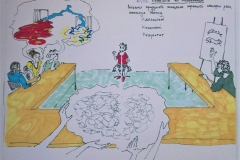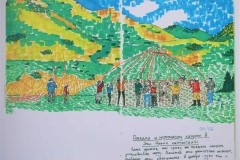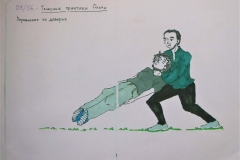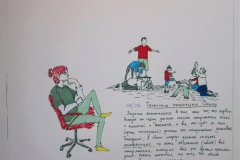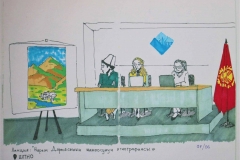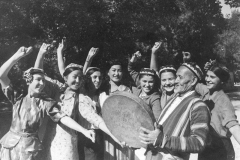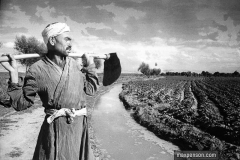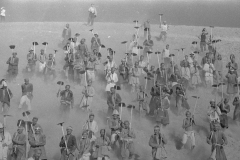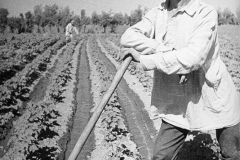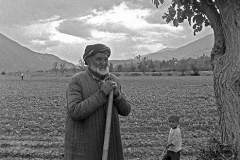Tanais and Tal
“Tanais and Tal”
This book tells the story of the water being Tanais and her love for Tal, a willow tree that grows on the river bank. One day Tanais wakes up and cannot find her beloved Tal in her usual place. Tanais sets out in search of her: she flows long distances, resisting people who want to divert her to irrigate their rice fields. She encounters friends, meets reed beds and finally meets a little girl. The girl tells her that Tal could not have run away, since trees cannot walk. What happens next to Tanais, overwhelmed by grief?
Beautifully illustrated by Deniz Nazarova, “Tanais and Tal” was written for the river exhibition by children’s author and social scientist Altyn Kapalova.
A video version of this tale is available in Kyrgyz, Kazakh and Russian (see our YouTube channel)
